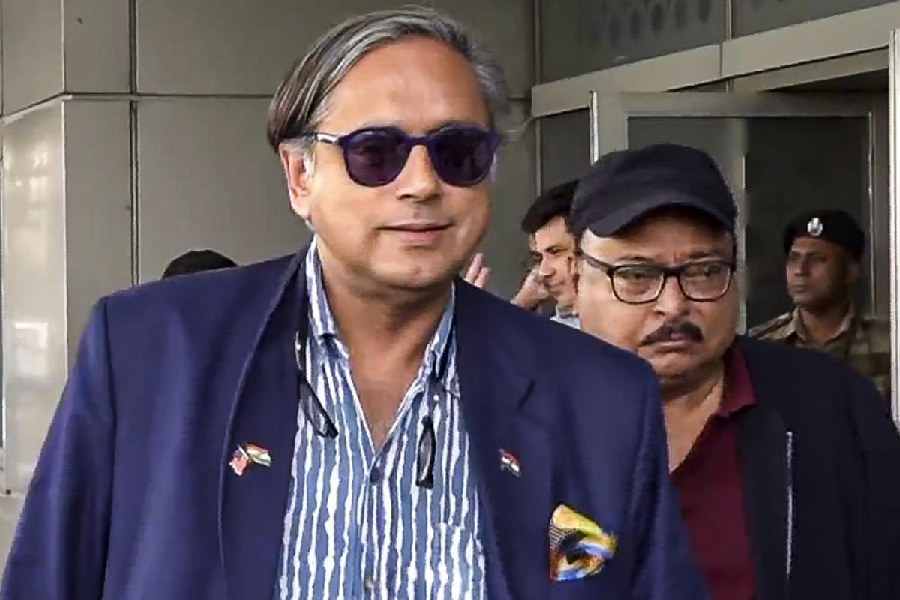 |
| One of the Calcutta Port Trust warehouses in Fairlie Place. A Telegraph picture |
Tales from the past of the country?s oldest port are coming home this October, as Calcutta Port Trust (CPT) unveils India?s first maritime archive and exhibition centre.
Documents dating back to the early 17th Century ? maritime records, notes, correspondence, engineering drawings and maps ? are coming to light as dusty files are retrieved from long-forgotten corners of the CPT stores.
?More documents are being sourced from the national and state archives and since these contain reference to other parts of the country, our archive will be of national importance,? said CPT chairman A.K. Chanda.
The budget will probably stretch beyond the estimated Rs 1 crore, as a display centre of 7,200 sq ft is to be constructed within the Fairlie warehouse.
?The Bengal Pilot Service started way back in 1669 and many nations have battled on these waters. We have quite a lot to show,? said CPT secretary Satyabrata Das. He, along with Sukumar Sarkar, retired director-general of National Archives, and P.K. Chattopadhyay, who retired from the State Archives, are piloting the project, which is likely to continue long after the opening.
?We are trying to create a moving account, accessible to scholars and the general public, of the port?s history, its international exposure and role in the city?s development,? said Sarkar.
Deducing the economic, social, geographical and historical implications of each document will be a major concern of the CPT team and a challenge for future researchers. The documents may provide valuable insights into the times when this riverine port was a major centre of activity.
Among the documents recovered so far is a Portuguese map of 1681. ?It shows the layout of rivers in the region 10 years before the arrival of Job Charnock and has the inscription ?The Rich Kingdom of Bengal?,? said Das.
There is a document dating from the 1890s pertaining to the construction of a permanent bridge over the Hooghly and more detailed, step-by-step drawings as construction proceeded. There are documents from 1874 on the construction of the East Bengal State Railway Jetty at Chitpur.
An official note from 1890, ordering ?a new scheme for working the docks and jetty?, and a 1904 petition by the Bengal Chambers of Commerce (with reference to the partition of Bengal) are some of the other treasures to be stored in the proposed archive.
?In the National Archive, there are numerous documents on shipwrecks (which were very common in those days) and since many of the mishaps occurred close to the port of Bengal, there are bound to be more documents here,? said Sarkar.
?Perhaps we could find out what happened afterwards and trace some of the survivors. Then, there were the wars, fought mostly on waters. Battles were waged between the Dutch, French, Portuguese and British,? he added.
The synergy between maritime activities and development of the city in various spheres is of primary interest to researchers. The interest ranges from the ghats of Calcutta to the many families dependent directly or indirectly on port activities.
?Take the Ramdulal Sarkar family, for instance, which grew rich from auctions of ships wrecked around the port,? said Sarkar.
Researchers will, at a later date, tap other government and private collections to make the picture complete.











